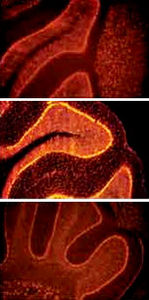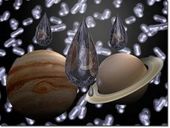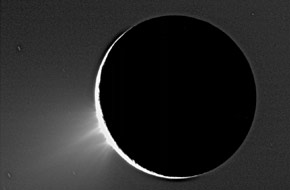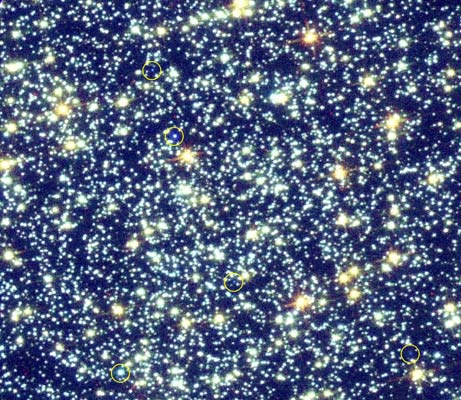
© UnknownBreaking out. A refined technique detects cells that express microRNAs (orange) at high (top), intermediate (middle) and very low quantities (bottom) in the mouse brain.
The research, to be published in the February issue of
Nature Methods, initially began when Thomas Tuschl, head of the Laboratory of RNA Molecular Biology, and first author John Pena, an M.D.-Ph.D. fellow in the lab, wanted to study the relationship between psychiatric diseases and microRNAs, the tiny gene-regulating molecules discovered 10 years ago. But the tools to detect and measure microRNAs yielded such inconsistent results that the two decided to take a step back. "In order to move forward," says Pena, "we had to go to the basics."
Their method builds upon a procedure known as in situ hybridization, a technique first developed in the 1960s that uses molecular spies, called probes, to find messenger RNAs in tissues. During in situ hybridization, scientists treat the tissues with the chemical formaldehyde, which cross-links proteins within the tissue and creates a molecular scaffold that prevents messenger RNAs from leaking through the tissues' holes. But when it comes to tiny microRNAs, this technique fails. "Because microRNAs are so small, they come out of the tissue," says Pena. "They just fall through the scaffold."





